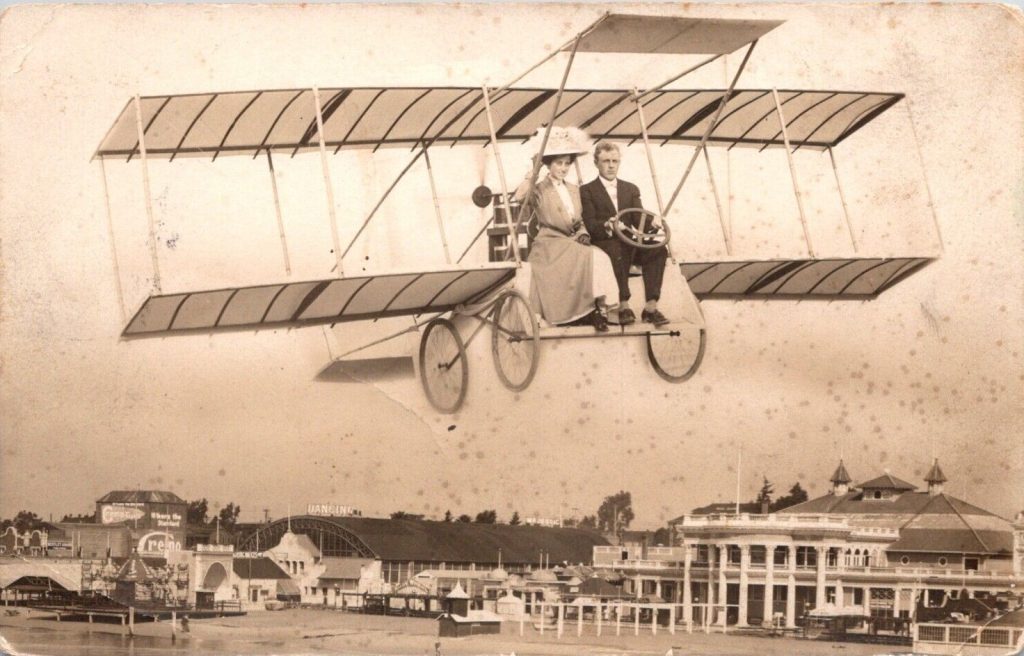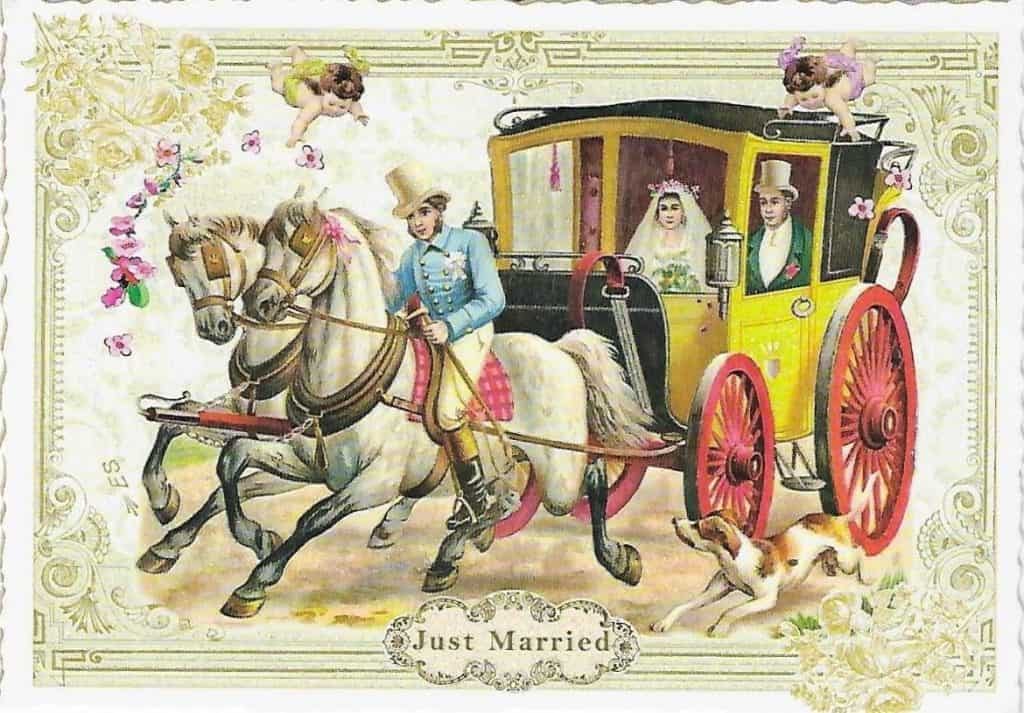In an antique book-cradle in the corner of the library where I once studied for a bachelor’s degree was a 2,620-page unabridged dictionary of the English language published in 1928, by the G. & C. Merriam Company of Springfield, Massachusetts. It defined the word “honeymoon” as the month or so after a marriage.”

The 852-page paper-back version of the same dictionary (but revised in 2015) that waits close to my left hand every minute I’m at work, defines “honeymoon” as a period of harmony, esp., after a marriage.”
[Aside: soon after graduation in 1966 I purchased an identical copy of that dictionary; it cost $125. That much, at that time, was a week’s salary. The newer of the two dictionaries is on sale at Amazon.com for $5.49.]
The deduction is easy. In the intervening 87 years the definition has changed very little, but that is not the case in practice. Wow! Things are different today.
Marriages still happen every day of the week and young couples leave on honeymoons just as often. It goes without saying that you may not recognize what happens today as a marriage and honeymoon when you compare the modern practices to your marriage of 30-, 40-, or 50-years ago. The most extreme example that comes to mind is the couple who had their nine-year-old daughter accompany her mother as the bride’s maid, and their five-year-old son accompany his father as his best man. Oh, guess where they were going on their honeymoon. Disney World.
Hence a honeymoon today is a holiday taken by the newly married to celebrate their wedding. Nothing else seems to matter, but archaeologically the word has gathered some historical dust that may amuse or at least raise a smile.
To be clear, the practice of honeymooning (whatever it was called) happened well before the word was invented. The first recorded use of the word “honeymoon” to refer to a vacation after a wedding appeared in 1791, in a translation of German folk stories that have now been lost. The first recorded use of the word in English appeared in 1804.
It is commonly believed that the honeymoon is the one remaining practice that was once known as marriage by capture or bridenapping, a widely practiced way of finding a wife in northern and eastern Europe between the fifth and ninth centuries.
The way a bridenapping worked was somewhat barbaric. The couple may or may not have agreed to going into hiding together, but by agreement or force, it was done to avoid retaliation against the husband by the bride’s father. (There is no evidence that shotguns were ever involved.) If the couple was found the deed had failed, but if the woman was pregnant by the end of the search (usually a month or a phase of the moon), the grandparents would welcome the expected grandbaby.
The modern purpose of honeymooning varies by culture, but the best reasons are mostly scapegoat excuses like finding time for the couple to become sexually intimate or simply to relax and create a memorable experience while adjusting to married life.
When all is said and done, the only profit to be made is in the tourist industry (and the “Just Married” sign makers). In the United States in 2023, 75% of newly married couples took a honeymoon for which they paid between $4,500 and $5,000.
There are lots of other, nearly comical, legends about honeymoons, like the word being derived from the Scandinavian practice of drinking mead, during the first month of the marriage to improve the likelihood of conception. Eating olives was an equally good causative in Italy. Certain cheeses got the same billing in Greece. Ho hum!
One honeymoon-advice website suggests that honeymoons are a must for couples today because they need decompression time after the wedding. What? It is not being flippant to say, if you need advice from a website about getting married or going on a honeymoon, perhaps any plans you have made should be abandoned.
In the meantime, look at the postcards and enjoy the humor in the absurd!
**
Just Married postcards are seldom serious and although there are a few solemn ones, the rest can be divided into four categories: first, there is the “get-away” ones. No matter how the bride and groom get away from the party, be it a horse-drawn carriage, motorcar, a flying machine, the get-away is usually the second-best part of the day.
The Bride and Groom Leaving the Party

The second group of Just Married postcards
are the “unexpected surprise” cards.

The third group are the “wait-a-minute” cards.
And finally, the “never marry a fisherman” postcards.

Happy Honeymoon!













Great postcards to illustrate the article, especially the fishing themed postcards.
I know couples like some in the last three sets of postcards whose marriage didn’t last much longer than their expensive honeymoons. On the other hand, I also know couples who spent very little money on a weekend trip or took no honeymoon at all and were still married 50 years later.
Nice article and example PCs. It’s a shame that some of them cannot be enlarged to see clearly.
How do you know the couple in the biplane are leaving for a honeymoon?
It’s interesting how these cards illustrate the changes in auto body styles through the years, as well as what was considered sexy bedroom fashion.